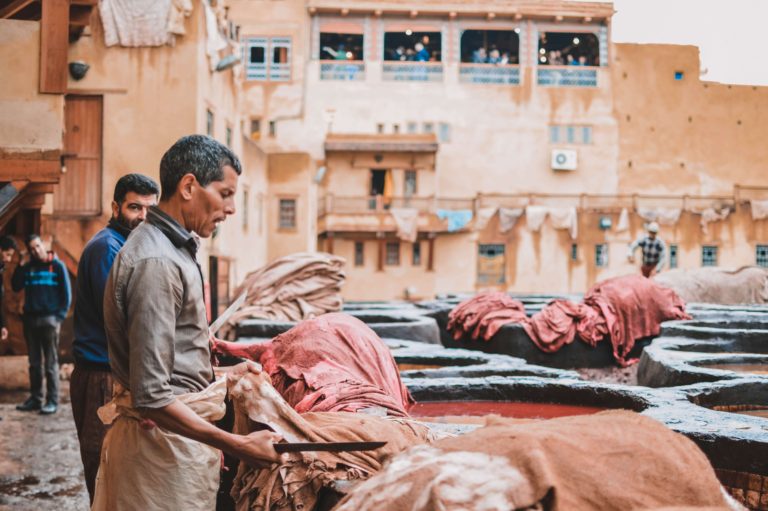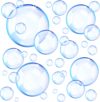Laundry has come a long way over the years. Nowadays you just throw your clothes in a machine and push a few buttons and voila laundry is done. This obviously has not always been the case and still isn’t in a lot of places around the globe.
Ancient Egyptian Laundromats - Almost every ancient civilization developed around or near some body of water. It was key for a number of aspects of life like food supply, transportation, drinking water, crop irrigation, bathing, and to clean clothes. The garments were usually beaten over rocks, scrubbed with abrasive materials like sand or stone, and pounded by stomping on them which required a lot of sweat power. Most people of the ancient time were of little means and rocked their stinky clothes that were passed down from previous ancestors. Ancient Egyptians would vigorously scrub their linens with natron (which was a naturally occurring mixture of sodium and salts) and then let them dry in the sun.
Roman Laundromats - The Romans brought about a changing of the times as far as wardrobes, hygiene, and laundry was concerned. With the inventions of better means to make clothes like homespun fabrics to make togas people had more clothes to change. The Roman fuller shops were set up as laundromats that would wash the clothes in human urine gathered from their public restrooms. They would then proceed to heat up the water urine mixture as someone would stomp on them to get it all mixed in, and then hang air dry them. Interestingly enough urine contains ammonia which is a cleaning agent.
Dutch & Middle Ages laundromats - The Dutch were laundry pros all the way back to the early 1000’s as they were soaking clothes up to 8 weeks in a mixture of lye water made from running water through ashes of a wood fire to create a cleaning agent. As populations grew and spread out over Europe the land there was not always a water source to wash your clothes in. Lots of items were invented to help make washing clothes away from a water source possible like large wooden washtubs. The clothes were beaten and stirred with a plunger with urine/water mixture or a lye/water mixture. The lye was made by boiling lard or animal fat together with alkali. Alkali is an ionic salt of an alkali metal or alkaline earth metal chemical element. These jobs were done by the poor or washerwomen as the entire process would take several days. Most people in the middle ages did not want to go through the lengthy process and found it easier to rub their clothes with dried flowers to keep them smelling good.
Industrial Revolution laundromats - With the coming of the industrial revolution came great advancements in laundromats. The popular washboard that is still used today was introduced. Scandinavians invented the washboard and America refined it in the 19thcentury by adding improved materials like including fluted metal sheets and rubber. It was so easy to use with a tub of water, and the cheap cost of soap, that everyone could do it and it became a household necessity.
Modern Day laundromats - With advancements in soaps and washing powders in revolutionary times brought about the first electric-powered washing machine in 1908 and the first automatic washing machines in 1951. Needless to say, the world was changed for the better with advancement in laundry and laundromats over the years.

